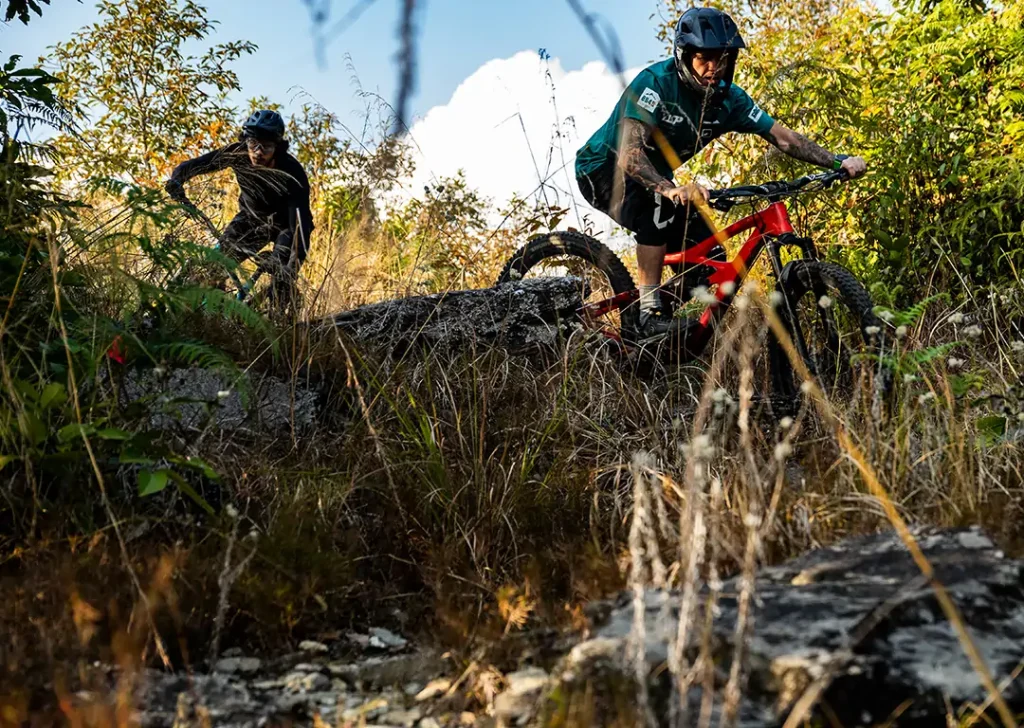)
Pokhara Enduro Reece Trip
When we were tasked by Sunil Sharma, director of the upcoming Pokhara Enduro, to conduct an exploratory trip of the hills immediately outside Pokhara, Nepal, we were initially unsure. The tourist mecca – an essential stopover and staging point for mountaineers and adventure-minded backpackers – had mountain biking on its comprehensive list of outdoor activities. But otherwise, it was not the critical highlight – Pokhara’s steep geography and its interaction with prevailing climatic conditions make it a haven for paragliders; its extensive network of footpaths offer passage to trekkers of all abilities; its rustic lakeside views are punctuated by affordable yet quaint bars, eateries, and accommodations chasing the tourist dollars. Read the complete story on PinkBike.



